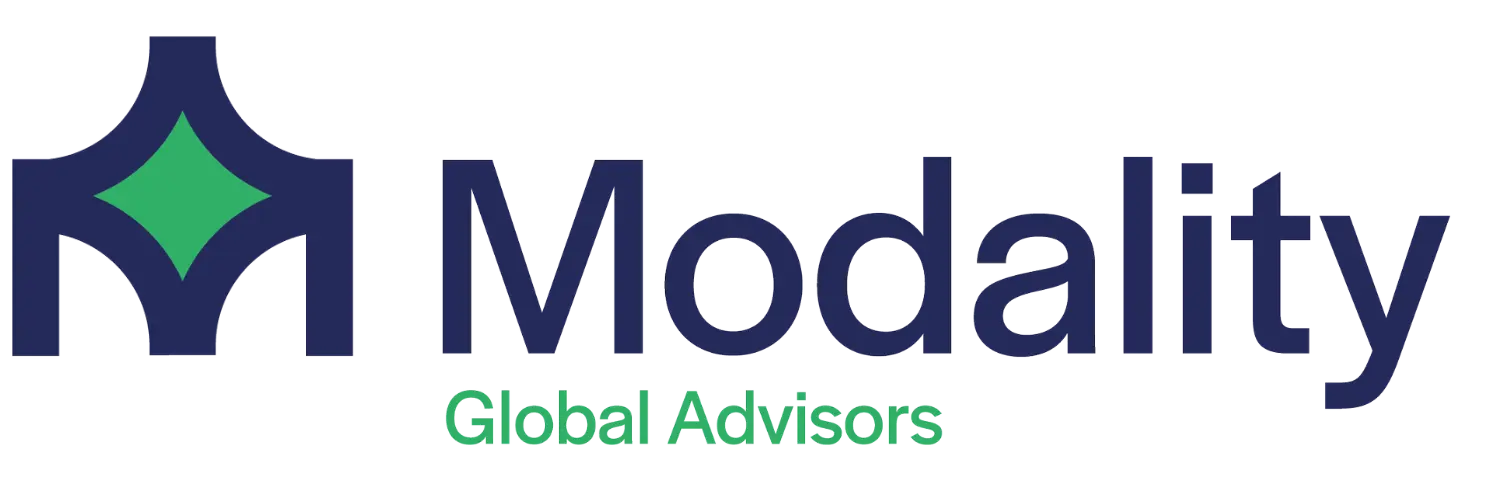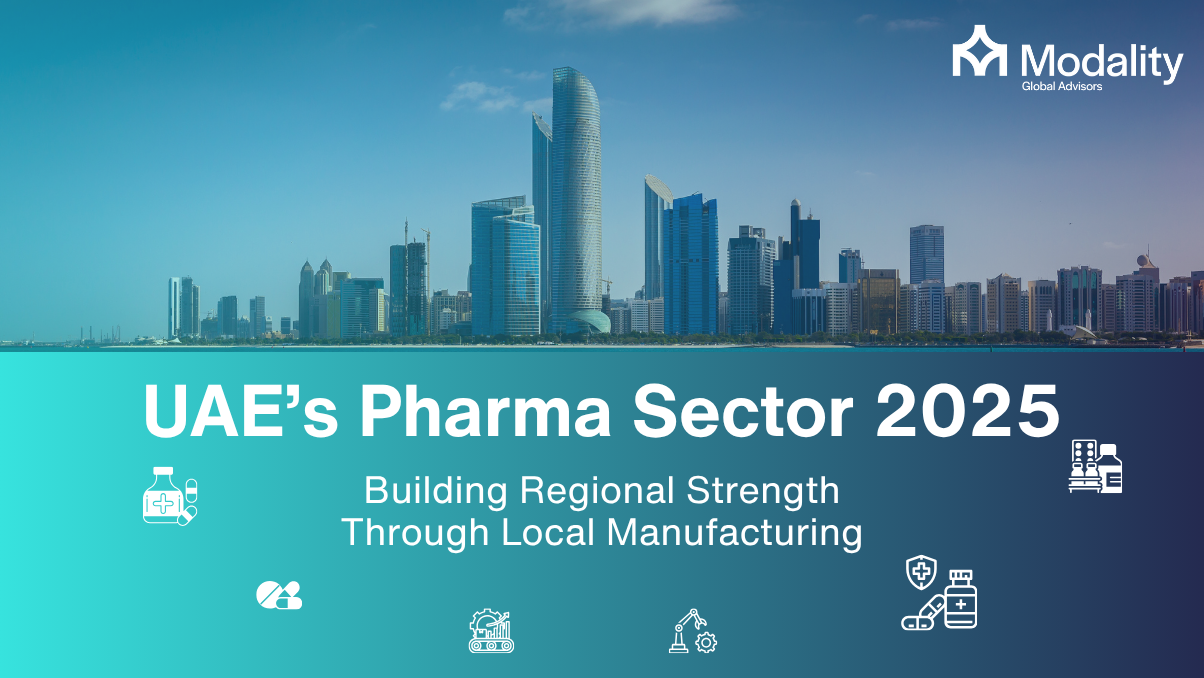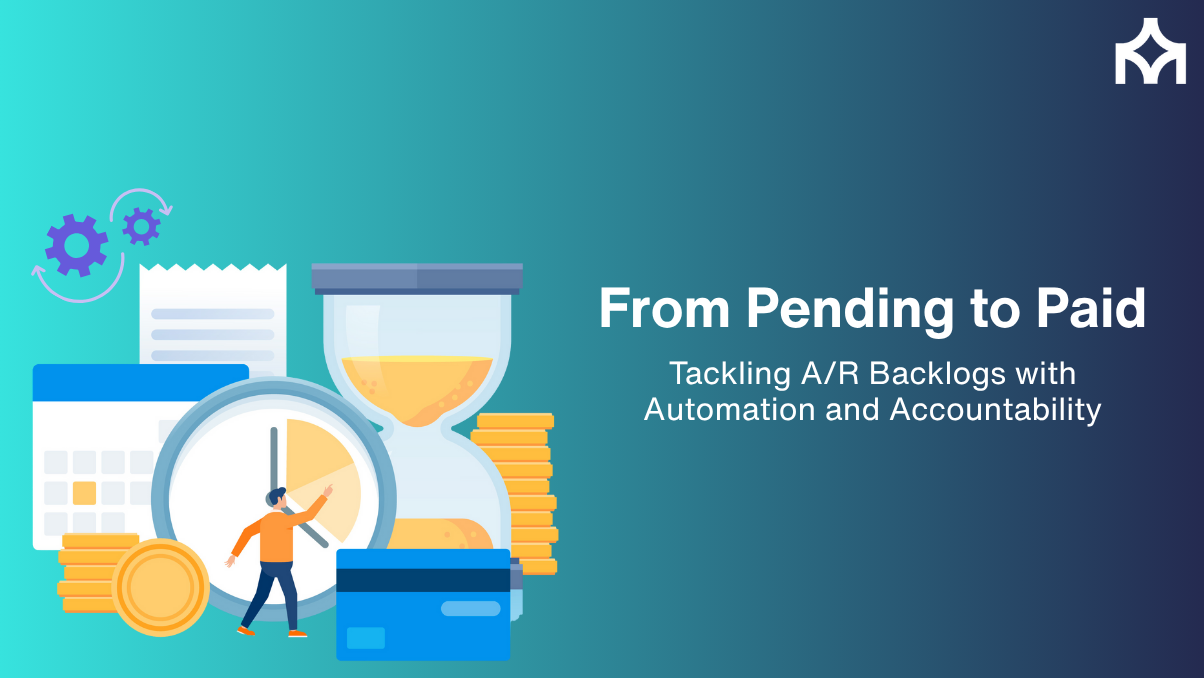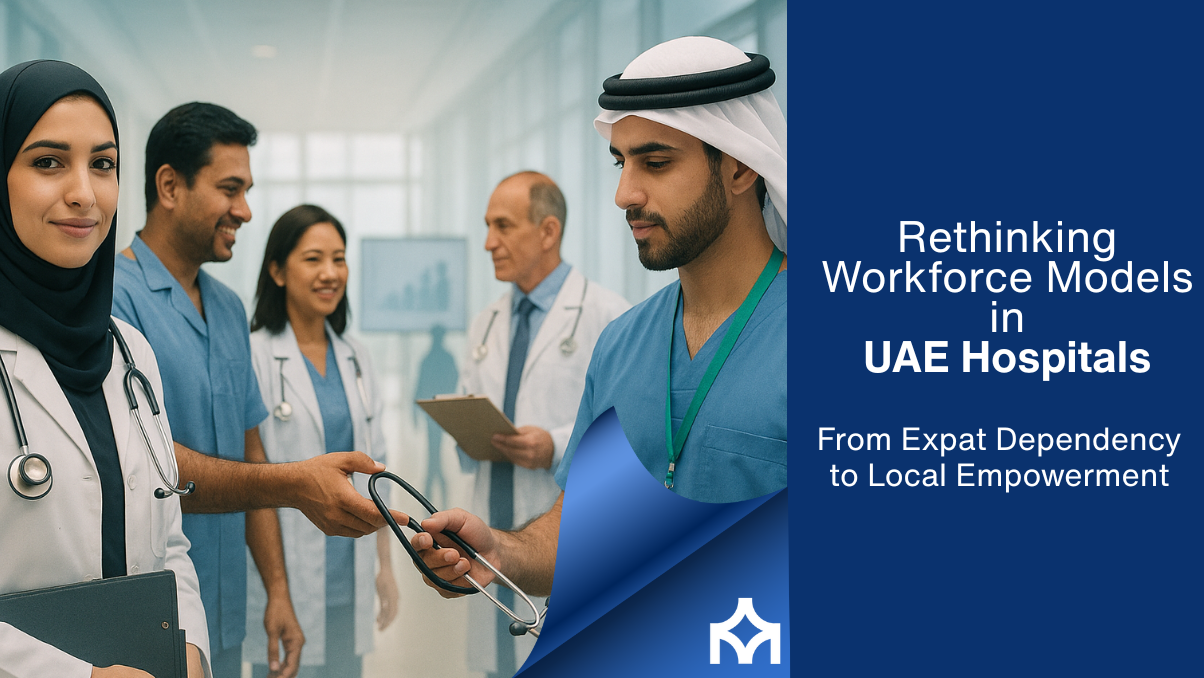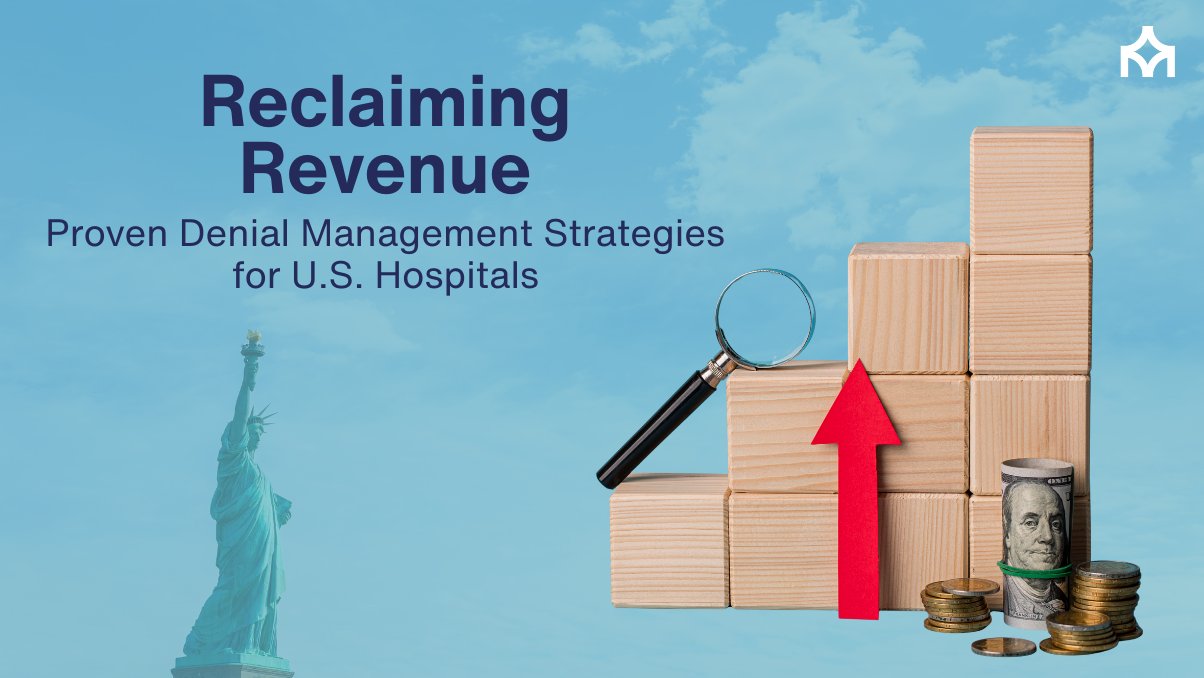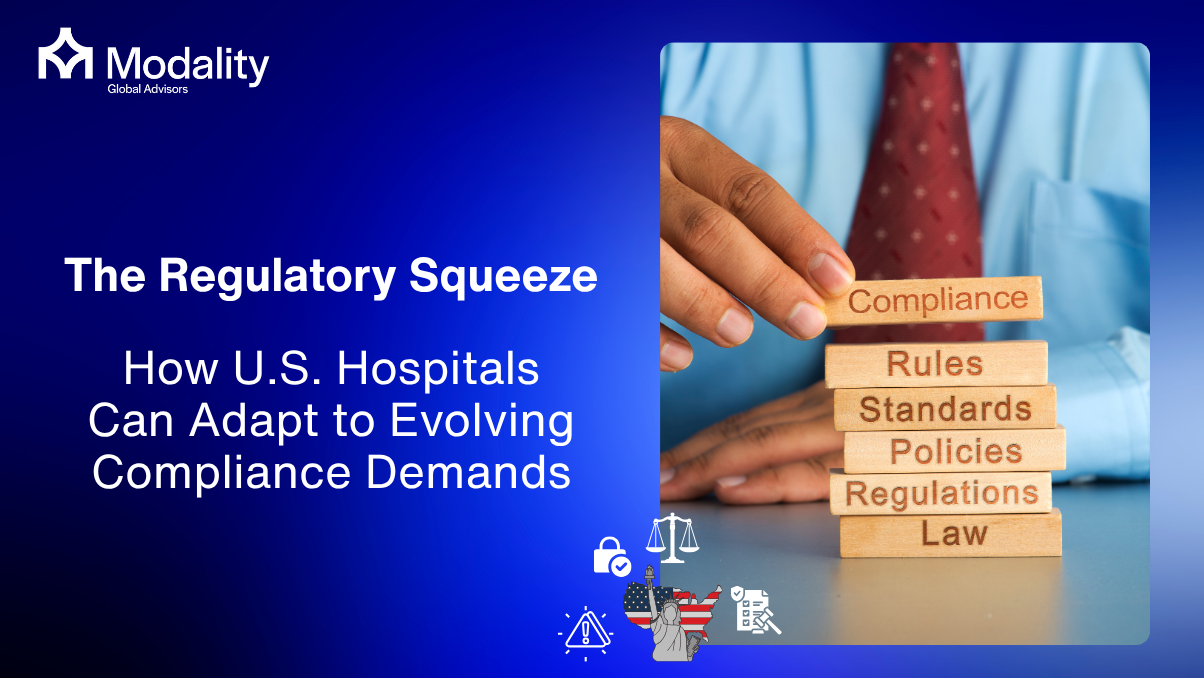UAE’s Pharma Sector 2025: Building Regional Strength Through Local Manufacturing
UAE’s Pharma Sector 2025: Building Regional Strength Through Local Manufacturing
The UAE is rapidly emerging as a regional powerhouse in pharmaceuticals not just as an importer and distributor, but as a strategic manufacturer and exporter. With the government targeting AED 30 billion in pharma market value by 2030 (MoHAP, 2024) and aiming for national self-sufficiency in critical drugs, local production is no longer a long-term ambition, it's an active economic strategy unfolding right now.
As healthcare systems across the Gulf seek supply chain resilience, sustainability, and regulatory alignment, the UAE’s shift toward localized manufacturing and R&D-driven pharma innovation is positioning it as a central hub for regional health security and economic growth.
Why Local Manufacturing Matters
Traditionally, the UAE has imported the majority of its pharmaceutical products up to 85% of total consumption as recently as 2019 (Frost & Sullivan). However, global supply disruptions during the COVID-19 pandemic revealed the risks of dependency on foreign producers.
In response, the UAE implemented new policies such as:
- Fast-track licensing and incentives for local pharma manufacturers
- Long-term procurement commitments for locally made medicines
- Public-private partnerships with multinational pharma companies to co-produce high-value drugs
As of 2025, over 20 major manufacturing plants operate across Dubai, Abu Dhabi, and Sharjah, producing biologics, oncology drugs, injectables, and over-the-counter medications, a significant leap from largely generic-only production just a few years ago.
Attracting Global Players While Scaling Local Champions
Rather than competing against global pharmaceutical giants, the UAE is partnering with them. Companies like Pfizer, GSK, Novartis, and Roche have signed localization agreements to manufacture selected products in the Emirates.
Meanwhile, UAE-based firms like Julphar, Globalpharma, and Neopharma are expanding internationally, exporting to 60+ countries across MENA, Africa, and Southeast Asia.
This hybrid model foreign technology + local infrastructure is accelerating knowledge transfer and helping the UAE evolve from assembly to full-cycle research, development, and biologics manufacturing.
Regulatory Strength as a Competitive Advantage
- The Ministry of Health and Prevention (MoHAP) aligns closely with FDA and EMA standards, allowing UAE-made products quicker export clearance.
- The GCC Unified Procurement Program gives UAE-made drugs preferential access to bulk government contracts across neighboring Gulf states.
This blend of strict quality governance and regional harmonization makes the UAE uniquely attractive for companies seeking both speed-to-market and scale.
Key Challenges
- Workforce development: Demand for pharmaceutical scientists, regulatory experts, and bioprocess engineers is outpacing supply.
- Raw material dependency: Most active pharmaceutical ingredients (APIs) are still imported, creating cost and logistics vulnerabilities.
- Innovation vs. replication: Long-term growth hinges on R&D capabilities, not just scaling existing molecules.
The Road Ahead: From Manufacturer to Innovator
To secure true regional leadership, the UAE must evolve beyond capacity expansion toward research-driven manufacturing including precision medicine, mRNA therapies, and AI-assisted drug development.
| Priority Area | Strategic Action |
|---|---|
| Workforce | Establish pharma-focused academic programs and fast-track biotech residencies |
| Supply Chain | Incentivize API manufacturing and alternative raw material sourcing |
| Innovation | Expand funding for UAE-based R&D partnerships with academic and clinical institutions |
Conclusion: A Pharma Ecosystem Built for Resilience and Global Reach
The UAE’s pharma manufacturing strategy is not merely about reducing dependency, it's about creating competitive advantage. By positioning itself as a regulated, innovation-ready hub for drug production, the UAE is sending a clear message to global healthcare markets: this is no longer a place that consumes medicine, it’s one that makes it.
With the ability to produce essential and specialty medicines at scale, the nation is strengthening its healthcare sovereignty while positioning itself as a trusted exporter to Africa, South Asia, and beyond.
The next phase will determine whether the UAE remains a regional supplier or evolves into a global innovator. Achieving this requires closing gaps in workforce development, R&D investment, and raw material security but the foundation has already been laid.
For investors, policymakers, and healthcare operators, one message is clear: The UAE’s pharmaceutical landscape is an accelerating one. Stakeholders who engage now won’t just benefit from economic opportunity, they'll help shape one of the most significant shifts in Middle East healthcare infrastructure.
Sources
- UAE Ministry of Health and Prevention (MoHAP)
- Frost & Sullivan, GCC Pharmaceutical Market Intelligence Report, 2023
- Gulf Cooperation Council (GCC) Unified Procurement Program, Annual Report 2024
- American Heart Association
- Dubai Industrial Strategy 2030 – Healthcare and Pharmaceutical Sector Priorities
- Press releases and localization partnership announcements from Pfizer, GSK, Novartis, Julphar, and Neopharma (2023–2024)

